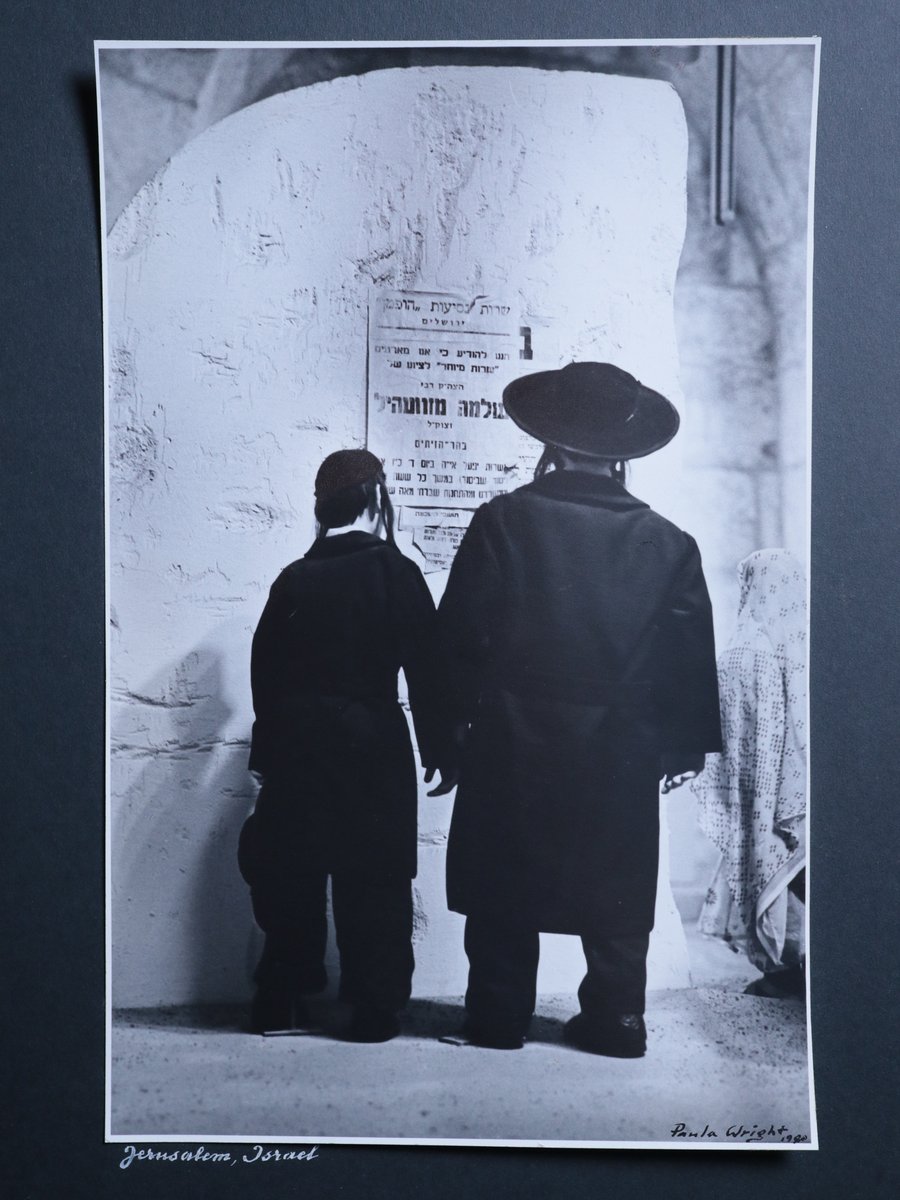
Jerusalem, Israel
Department of Art after 1800
| Artist | |
|---|---|
| Culture | French |
| Date | 1882 |
| Object type | painting |
| Medium, technique | oil on canvas |
| Dimensions | 151 x 92.5 cm |
| Inventory number | 71.B |
| Collection | Department of Art after 1800 |
| On view | This artwork is not on display |
Jules Joseph Lefebvre worked in the grand tradition of academic painting and received many accolades for his art: in 1861 he was awarded the Prix de Rome, in 1891 he was elected to the Académie des Beaux-Arts, and was even granted the French Legion of Honour. He served on the jury of the Salon de Paris, and as a professor at the École des Beaux-Arts, he played a leading role in the Parisian art scene in the closing decades of the nineteenth century. Lefebvre earned his reputation mostly as a painter of nudes depicting allegorical, literary or mythological figures. In his precise and finely painted works, he masterfully combined the perfection of the classical female body with observation of the life model and the virginal purity with sensuality.
This life-size painting, executed around 1880–1881, is a perfect example of Lefebvre’s large-scale nudes. As in his earlier pictures, at the centre of Undine he placed a single female figure, a young, red-haired girl shown head-on, her elegant
contrapposto emphasising her body’s lithe flexibility. Her immaculate whiteness, tinged with just a few blushes of pink, recalls the smoothness of classical marble sculptures.
Presented at the Salon de Paris in 1881, this was among the most talked-about works at the exhibition, lauded by critics as a gem of nude painting. The success of the work is due in part to the fact that his portrayal of an unclothed female body was justified by a lofty theme from Germanic mythology. The story of the Undine, a water nymph who can only obtain a human soul by marrying a man that is a human being, is known in countless forms in literature and music. The direct inspiration for the picture, however, comes from painting, as Undine is none other than the artist’s homage to The Spring by Jean-AugusteDominique Ingres, Lefebvre’s way of staking his claim as one of the great master’s spiritual heirs. Besides the astonishing similarity between the two female figures, the aquatic theme, the rocky background and the vegetation are all common features of the two compositions.
Emulating its success at the Salon de Paris, Undine also proved a sensation at the summer exhibition of the National Society of Hungarian Fine Arts (Országos Magyar Képzőművészeti Társulat) in 1885, where Hungarian critics showered the work with high praise, prompting the Hungarian state to purchase the work while the exhibition was still on.
Anna Zsófia Kovács
Peregriny, János, Az Országos Magyar Szépművészeti Múzeum állagai. 2.rész. A Nemzeti Múzeum sorozatai 1.füzet: a, A Pyrker-képtár; b, A József Magyar-képtár; c, A Széchenyi Általános-képtár, Országos Magyar Szépművészeti Múzeum, Budapest, 1909.
Illyés, Mária, Verő, Mária (ed.), XIX. századi francia művek, A Szépművészeti Múzeum gyűjteményei/The Collections of the Museum of Fine Arts, Budapest 4, Szépművészeti Múzeum, Budapest, 2001, p. 108-109.
Tóth, Ferenc, Donátorok és képtárépítők. A Szépművészeti Múzeum Modern Külföldi Gyűjteményének kialakulása, Szépművészeti Múzeum, Budapest, 2012, p. 36-37., 156.
Kovács, Anna Zsófia, “L’Ondine de Jules Lefebvre: un nu académique français dans les collections du musée des Beaux-Arts”, Bulletin du Musée Hongrois des Beaux-Arts/Szépművészeti Múzeum Közleményei 120-121 (2015-2016), p. 147-164.
Treasures from Budapest : European and Hungarian masterpieces from the Museum of Fine Arts, Budapest and the Hungarian National Gallery: Japan-Hungary friendship 150th anniversary: Exhibition at the National Arts Centre, Tokyo, on the 150th anniversary of the Japanese-Hungarian friendship 2019.12.04 – 2020.03.16., Nikkei Inc, Tokyo, 2019.
This record is subject to revision due to ongoing research.